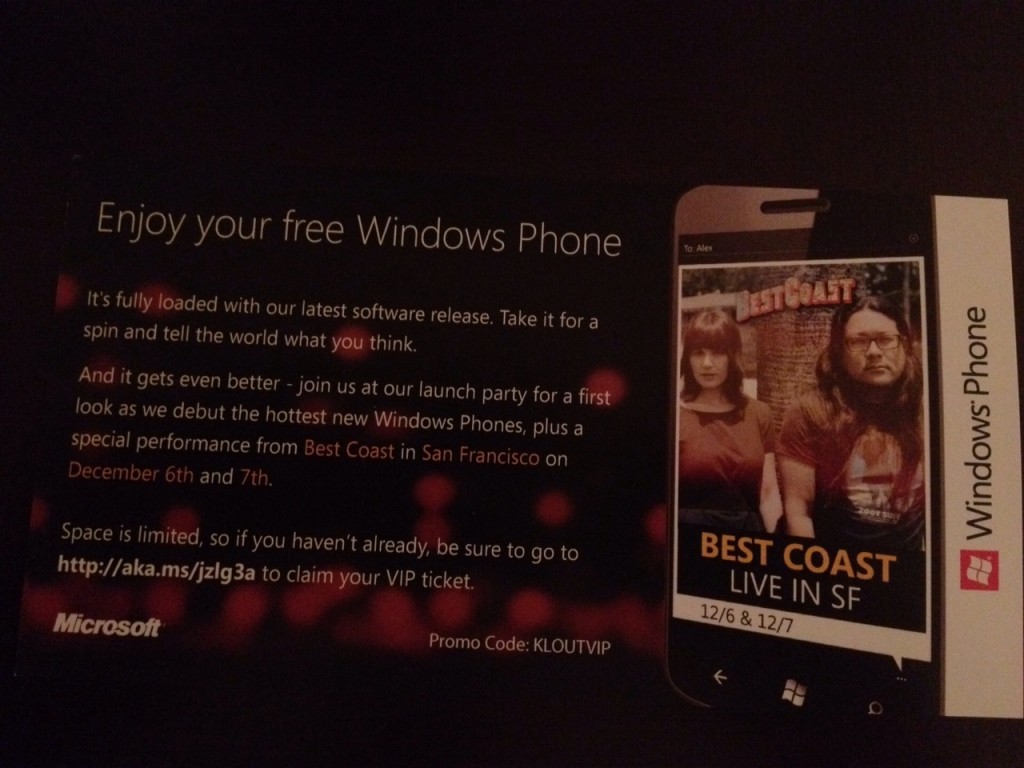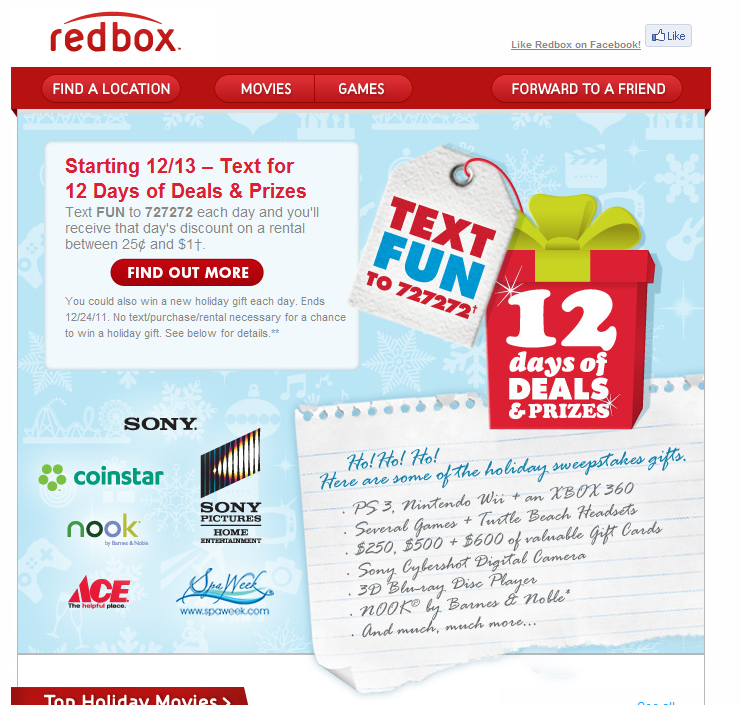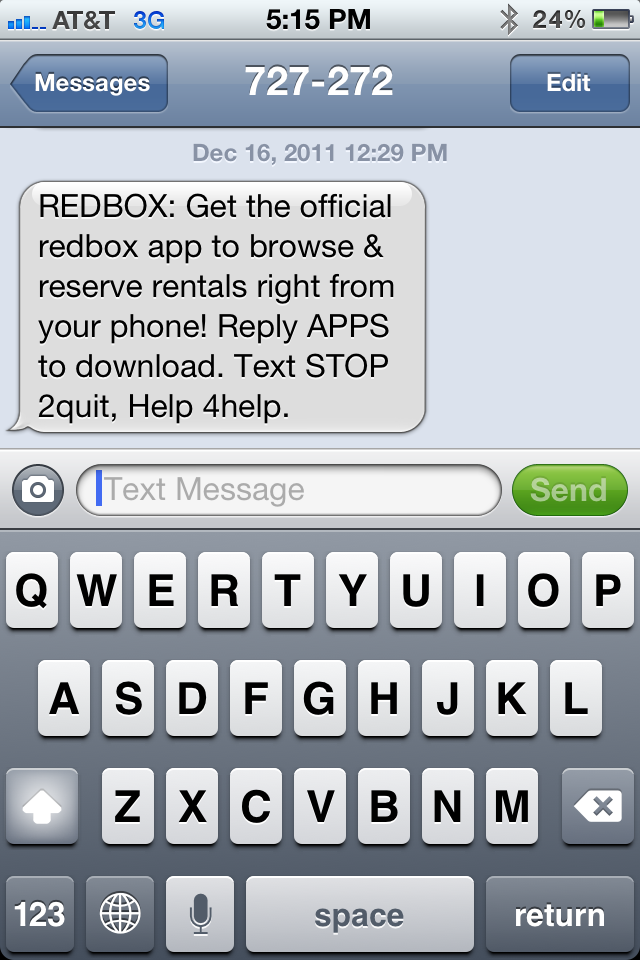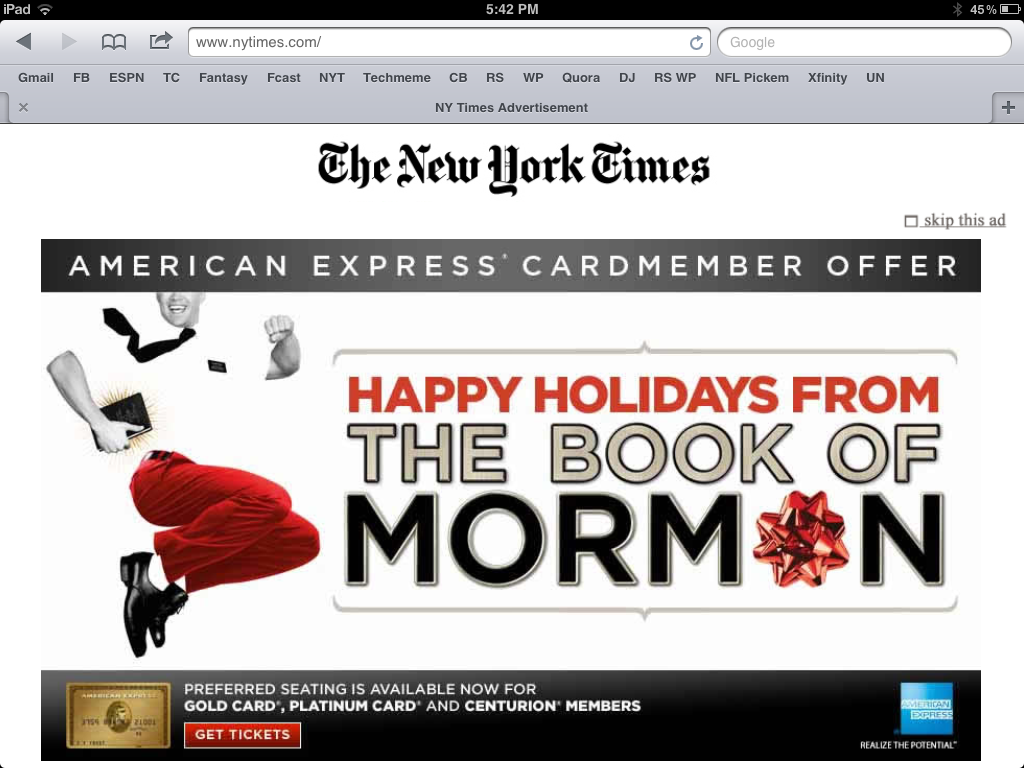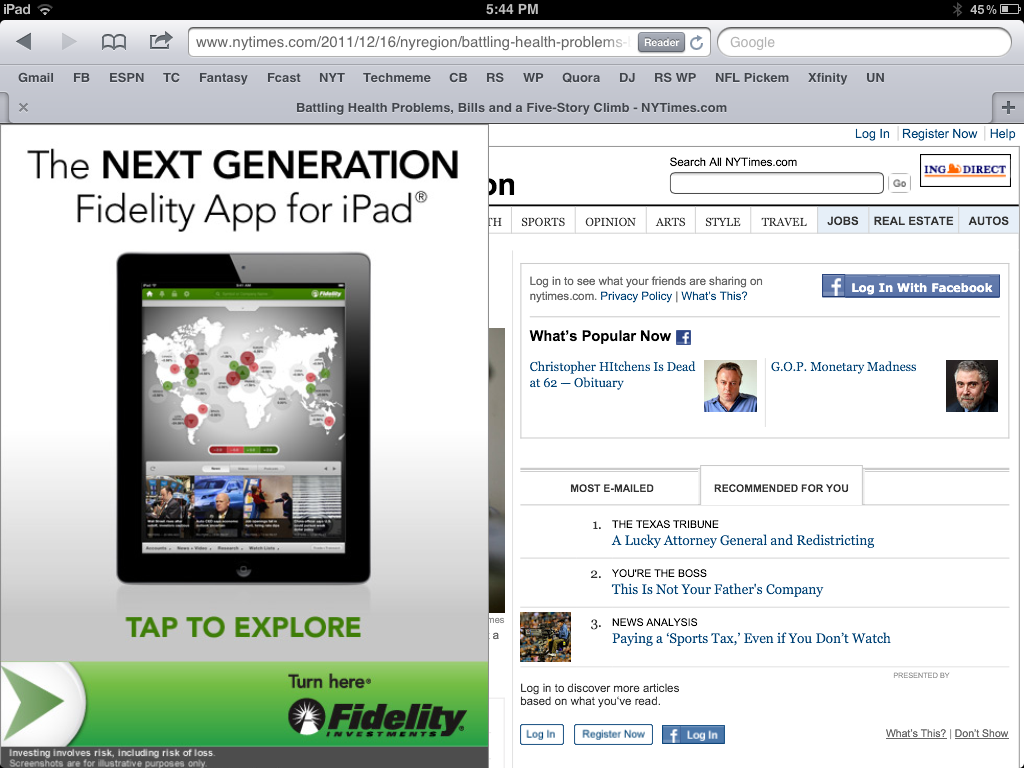I've long argued that Apple's iTunes and the app store are woefully unintelligent. They are akin to merchandising in a storefront... when there is data available to make the store experience more compelling and better converting. Here's an example of that argument beginning in 2009 (!). After a week with the Amazon Kindle Fire (more to come - hint: I love it), they get the storefront concept and execute it well.... as we have come to expect from Amazon. Rather than using Facebook data, Amazon uses your purchase and search data. Below is an example of the Kidle Bookstore and notice that it's not just a compilation of bestsellers. Theses are items specifically tailored to me based on what I've bought, what I've searched for, and what they consequently think I like (sports, health, tech, young families, etc).
What's this mean for you? You likely won't have Amazon's breadth of data and users profiling... but platforms like Twitter and Facebook do - and you can leverage them to personalize your experience specifically for your users. It's more compelling. It's differentiated. And it's therefore converts.










